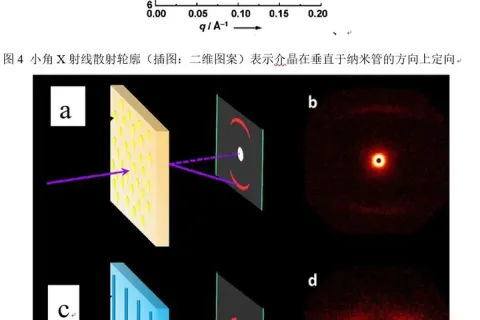
News
Small-angle X-ray scattering is the diffuse scattering of electrons to X-rays in the small Angle range near the original beam. Small-angle scattering occurs in all materials with non-uniform electron density on the nanometer scale.
Small Angle X-ray diffraction (SAXD) is mainly used to determine the spacing of very large crystal faces or the structure of thin films.
Happy Women's Day! On this happy festival,you can have a happy and nice holiday! Enjoy yourself,take easy,and have a rest! Hope you can happy every day ,always have a good temper!
The use of X-rays to study the structure of crystals mainly through the X-ray diffraction phenomenon in the crystal.
X-ray diffraction technique is an analytical method used to study the structure of a substance. It determines the structure of a crystal by measuring the Angle of X-ray diffraction in the crystal.
In-situ XRD, also known as In situ X-ray Diffraction, is a technique for making X-ray diffraction measurements during a structure or phase transition. This technology can monitor the dynamic change of the structure of the material under external force in real time.
In-situ XRD is one of the most popular and developed advanced characterization techniques for studying lithium-ion and sodium-ion battery systems in electrochemical processes.
XRD technology plays an important role in the research and development of ceramic materials. It provides a reliable scientific basis for the synthesis, preparation process optimization, performance improvement and application popularization of ceramic materials.
It is difficult to quantify the amorphous and crystalline phases of cement materials due to the complexity of the mineral phases in the mixture and the significant overlapping peaks. Excellent results can be obtained by Rietveld refinement of the measured sample using standard measurement configurations.
In materials science research, X-ray diffraction (XRD) is an important experimental method. Through XRD data, we can obtain information such as grain size, lattice distortion and dislocation density.










